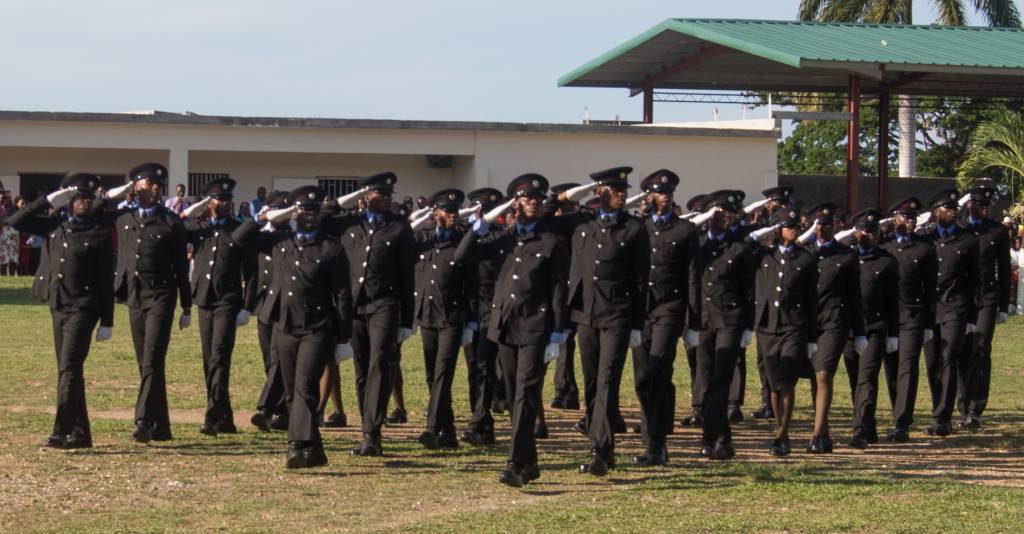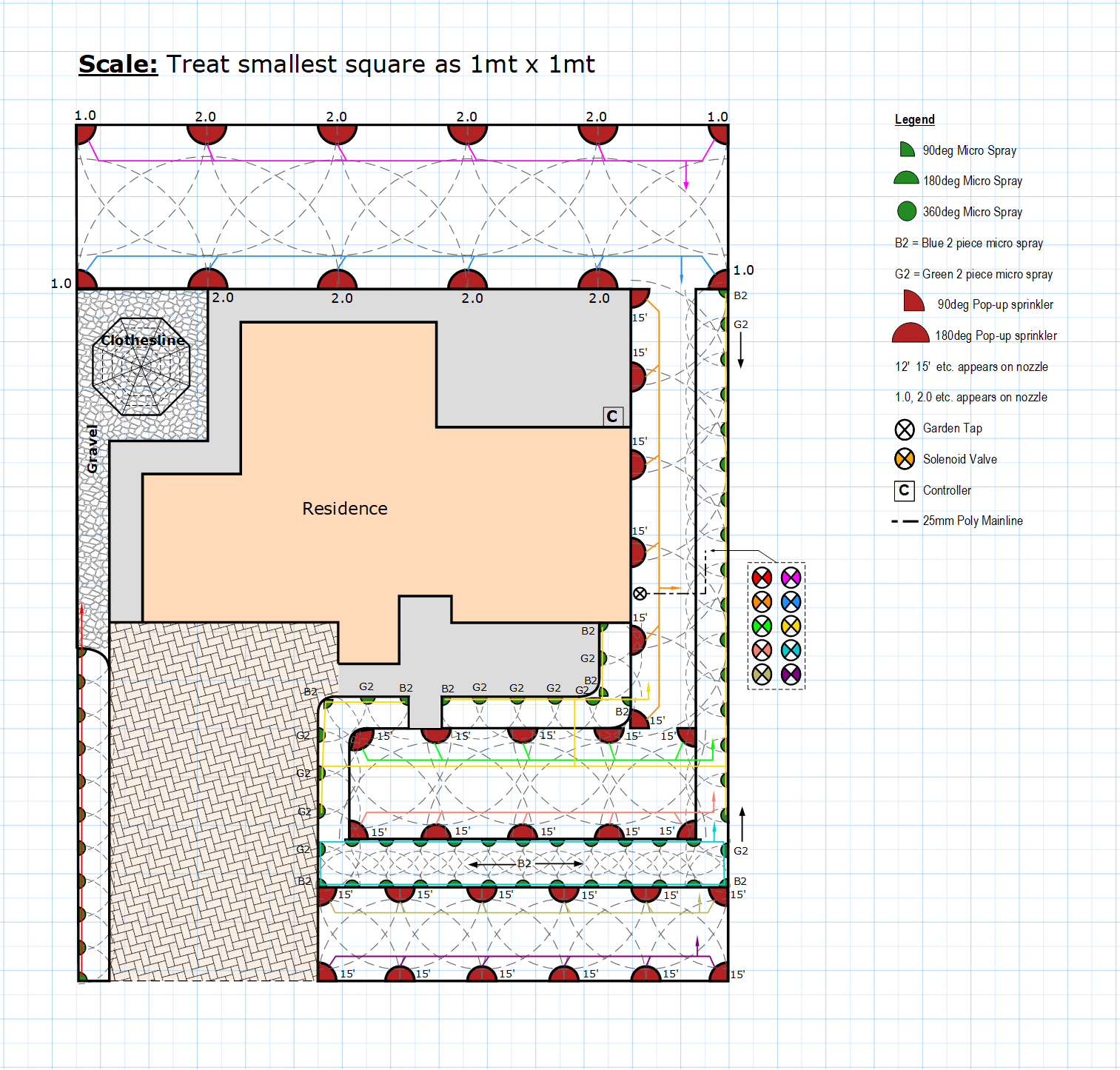Fire safety is a top priority. Uniting equipment and skill development is a powerful method to control fire outbreaks. Automatic fire suppression setups and emergency readiness programs create a unified safety plan to reduce damage.
What Are Sprinkler Systems?
Automatic sprinklers are designed to extinguish fires efficiently. They function automatically during fires to release water. Fire suppression outlets minimizes water waste, optimizing water use.

Main parts of fire safety networks include:
- Water release mechanisms: Deliver water to fire zones.
- Pressurized pipes: Deliver water throughout the building.
- Safety hubs: Oversee system activation.
- Emergency water systems: Support uninterrupted suppression.
The Importance of Emergency Preparedness
Although sprinklers are highly effective, emergency training plays a crucial role. Preparedness drills teach individuals to handle fire emergencies and address complex scenarios.

Core components of fire brigade training include:
- Proactive safety measures: Teaching participants to recognize hazards.
- Safe exit techniques: Minimizing evacuation time.
- Firefighting skills: Building confidence in emergency tools.
- Team-based strategies: Encouraging teamwork under pressure.
sistema de combate a incendio sprinkler
sprinkler e detector de fumaça
The Synergy Between Technology and Preparedness
Combining sprinkler systems with fire brigade training creates a robust fire safety plan. While sprinklers suppress fires rapidly, brigade members ensure safe operations.

When integrated effectively, these methods protect property in homes and apartments, commercial properties, and manufacturing plants alike.
Conclusion: Building a Safer Future
Sprinkler systems and fire brigade training create a safer environment. Combining these strategies protects lives and property for critical situations.
Make fire protection a priority now by scheduling fire brigade training. Together, technology and training save lives!